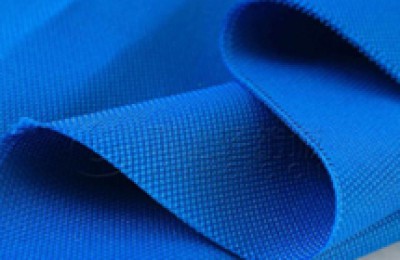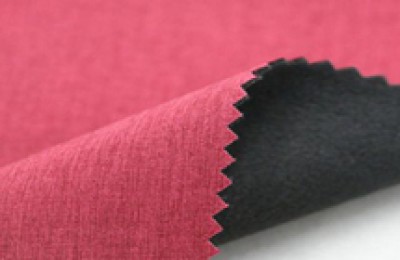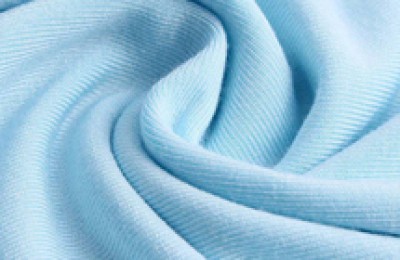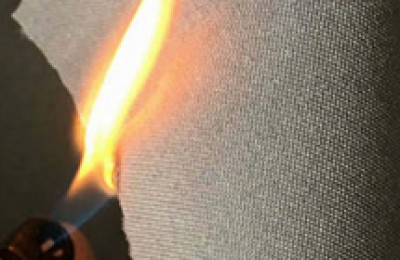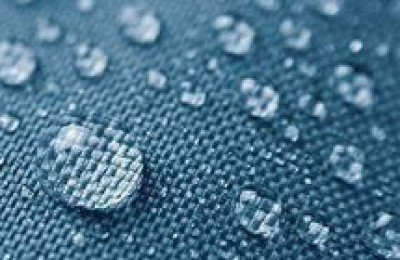Based on the differences in dyeing characteristics and types of different reactive dyes and the composition, properties and performance of alkali substitutes, compare the chemical properties and characteristics of traditional soda ash and trisodium phosphate, alkali substitutes, soda ash, trisodium phosphate and other alkali agents, Various analyzes on reactive dye fixation, and a detailed introduction to the effects and application advantages of various alkali agents on reactive dyes.
Commonly used alkali agents in printing and dyeing
In reactive dye dyeing, traditional alkali agents used in the fixation reaction It is better to use milder soda ash, trisodium phosphate and some alkali substitutes.
As a special alkali agent for fixing reactive dyes, it is used to replace traditional alkali agents such as soda ash. However, in the specific application of alkali substitutes, due to their different chemical composition, properties, and performance from traditional alkali agents, they have their own characteristics, and thus have different applications.
Chemical properties and characteristics of traditional alkali agents
The fixation reaction of reactive dye dyeing needs to be within a certain carried out under alkaline conditions. The selection of alkali agents has traditionally been based on soda ash and trisodium phosphate. Strong alkali such as caustic soda is rarely used alone.
1. The alkalinity of soda ash is relatively mild, and its chemical properties are suitable for reactive dye dyeing. The pH value of its aqueous solution does not change much within a relatively wide unit concentration range. ; Trisodium phosphate also has this property, but it is more alkaline than soda ash.
2. The changing characteristics of the pH value of soda ash in aqueous solution are related to its chemical properties. After soda ash is dissolved in water, it reacts reversibly with water to generate sodium hydroxide and sodium bicarbonate. Under humid and hot conditions, sodium bicarbonate will gradually release carbon dioxide to generate soda ash and water, thereby increasing the pH value of the solution. It maintains a fairly constant state; when it meets caustic soda, it generates soda ash and water, so it has an anti-alkali effect in some situations, so sodium bicarbonate is also called acid sodium carbonate. Therefore, within a certain unit concentration range, the pH value of the solution does not change much, which is very suitable for dyeing with reactive dyes and can make the fixation reaction process between dyes and fibers proceed smoothly and continuously.
3. The chemical characteristics of trisodium phosphate are the changes in its pH value in aqueous solutions with different unit concentrations. Although the impact and mechanism of action are not the same as those of soda ash, they can be compared with those of soda ash. Different approaches but similar results. Although its alkalinity is stronger than soda ash, it is weaker than caustic soda, and it is within the range suitable for reactive dye dyeing, so it is often used in dye fixation reactions, especially for reactive dyes that require relatively high pH values. Sometimes it is also mixed with soda ash according to specific varieties.
4. Caustic soda and other strong alkalis are very alkaline, so small changes in unit concentration will also cause significant changes in pH value, and due to the lack of soda ash and trisodium phosphate With such buffering performance, although the dosage when reaching the specified pH value is very small, except for a few dye varieties, it is difficult to achieve better coordination and controllability in the dyeing reaction with most reactive dye varieties. Therefore, in actual large-scale production It is mainly mixed with trisodium phosphate in an appropriate proportion and is used in some varieties of thermosetting dyes. It is basically not used alone. If the pH value of the dye bath is too high (most varieties cannot be higher than 12), the proportion of dye hydrolysis will rise linearly.
Dyeing characteristics and type differences of reactive dyes
Usually, the more reactive dichlorotriazine type reactive dyes are used For soda ash, weakly reactive monochlorotriazine-type reactive dyes should use stronger alkali agents, such as trisodium phosphate, or a mixed alkali agent of trisodium phosphate and caustic soda. Of course, it is not impossible to use soda ash, it just depends on the dosage. To increase the amount, you need to pay attention to the alkali bloom problem when dyeing dark colors. If caustic soda is involved, the temperature can be appropriately lowered.
When the pH value of the dye bath of dichlorotriazine reactive dyes is less than 9.0, the fixation rate is very low. After it exceeds 9.0, the fixation rate begins to rise sharply. When the pH value reaches 10.0~10.5, the maximum fixation rate often occurs. value.
For monochlorotriazine-type reactive dyes, the fixation rate begins to increase significantly when the pH value reaches 10.0, and the maximum value occurs when the pH value is 11.0 to 11.5.
The activity level of vinyl sulfone reactive dyes is between dichlorotriazine type and monochlorotriazine type. The alkali concentration of the fixing bath can generally be similar to that of dichlorotriazine type, but the temperature should be Higher than it, lower than monochlorotriazine, somewhere in between. There are also some varieties where it is advisable to increase the fixing reaction temperature to the conditions of monochlorotriazine type dyes in order to increase the color quantity.
The isomerization ratio of different brands, different origins and different varieties of isomeric dual-reactive group reactive dyes such as B type and M type may be different, but it is necessary to consider and take care of them. The characteristics of chloros-triazine and vinyl sulfone should not be too biased towards one side. The fixing bath temperature can also be slightly higher than that of the vinyl sulfone type.
Because the reaction process of reactive dyes fixing on cellulose fibers must first be carried out under certain alkaline conditions, but it will gradually release acid during the reaction process. The reactivity in chlorotriazine Chlorine atoms, in the presence of alkaline agents and under certain conditions, are prone to covalent bonding reactions with hydroxyl groups (primary alcohol groups) in the molecular structure of cotton fibers to generate cellulose ether and release hydrochloric acid at the same time.
The active group of dichlorotriazine type reactive dye – the two active chlorine atoms in chlorotriazine. In weaker alkali agents and lower temperatures, only one active chlorine atom is easy to dissolve into the fiber. At higher pH values and higher temperatures, two active chlorine atoms will bond with cotton fibers at the same time to form a cross-linked product. Of course, monochlorotriazine type reactive dye can only have one active chlorine atom mixed with cotton fiber.It is not appropriate to use the small sample made with soda ash to hold the large sample made of alkali substitute. The same alkali agent must be used for making the small sample and setting out the sample.
4. Since the total amount of alkali substitute is greatly reduced, and the difference in unit concentration usage between deep, medium and light colors is much smaller than that of soda ash, so in terms of measurement It must be done with the same high degree of accuracy as when weighing dye.
5. Due to the acid release phenomenon during the fixation reaction of reactive dyes, when the amount of dye increases, the amount of alkali agent should be increased accordingly. However, due to the presence of dyes in the dye bath, rapid pH measurement at large production sites in workshops is susceptible to interference from the color of the dye bath, and its accuracy is difficult to guarantee.
In order to be safe, the amount of soda ash used is often increased. Therefore, after dyeing with deep and thick colors, alkali flowering is easy to occur. Although alkali flower is not a real color flower, and it is necessary to increase the amount and strength of the washing water to overcome it, when using soda ash, the washing water consumption is larger; if the cloth is not thoroughly washed with alkali, the weather fastness of the finished product will be changed. Poor, long-term storage can easily lead to bond-breaking in the dye, resulting in poor wet treatment fastness. This is especially true for dyes containing vinyl sulfone groups. </p



